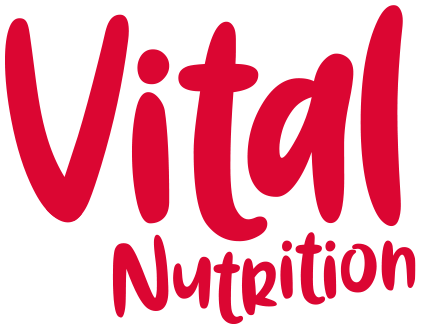The diabetes diet
You may have seen the headlines last week, telling us that type 2 diabetes can be reversed using a diet. At first this had me jumping for joy, and then I listened more carefully.
The study asked participants to cut calories to just 900 kcals a day and consume soups, shakes and meal replacement bars instead of real food for a few months before they were allowed to start eating solid food.
Let’s get real. Processed shakes, ultra processed bars and meal replacements are not going to educate us to eat better. They are not going to fix this problem long term and they are not going to offer us a healthy (or enjoyable) way to eat.
The food we eat is powerful stuff. It has the potential to harm, but it also has the power to heal.
Type 2 diabetes is a preventable condition that is caused by our diet and lifestyle (unlike type 1 diabetes, an auto-immune condition for which there is no known cure). Being overweight, eating too much processed and sugary food and being inactive are the biggest risk factors. We can reverse type 2 diabetes and pre-diabetes, but the answer to this is not to prescribe ultra processed food, or this crazy low calorie fad diet.
Many other medics, nutritionists and doctors have had success in managing type 2 diabetes by educating people about nutrition, including Dr David Unwin, a GP practising in England who has prescribed low carbohydrate diets to reverse type 2 diabetes, without the need for shakes, bars or powders!
Prevention is, of course, always better than cure, but if you have already had a diagnosis of type 2 diabetes, or your GP has told you that you are ‘pre-diabetic’, then it is time for action stations.
Making changes to your lifestyle to eat better, move more and lose weight can help your body make more insulin or use the insulin more effectively, reducing your risk of developing type 2 diabetes by about half.
Here are some simple changes to get you started:
Keep an eye on sugars. The first, and most obvious dietary change is to cut back on sweet treats. When we overload our diet with sugar for too long, we are putting ourself at high risk of developing T2D. Start by looking at food labels and notice how much sugar is in your food, You might be surprised to find where hidden sugars hang out. Aim to keep your sugar low – that means 5g per 100g or less. Anything over 22g per 100g is classed as a high sugar food. Don’t get confused by low calorie food – many of these are ultra processed and packed with sugar.
Pack in some protein. Ensuring you have some protein with every meal or snack. Eat more fibre-rich foods will, help to maintain a better balance of insulin and blood sugar. Aim for a palm sized portion of protein with your main meals. This can be animal based – eggs, meat, fish, yoghurt, cottage cheese, or plant based – pulses, nuts and seeds, tofu or soya yoghurt.
Limit carbohydrate intake and avoid refined carbs. To reverse pre-diabetes, or type 2 diabetes, we need to limit and manage blood glucose levels. One of the ways to do this is by following a low carbohydrate diet. This means cutting back on breads, rice, potatoes, pasta and cereals. There are plenty of alternatives that are lower in carbohydrate and higher in protein, fat and fibre that will help manage blood sugar more effectively. Check out diabetes.co.uk for ideas and more information.
Snack less. More protein and fibre on your plate will help you to feel fuller for longer, so you won’t feel so hungry between meals, The less we snack, the better. Aim to eat 3 decent meals a day and cut back on snack attacks. Every time we snack, there’s an increase in blood glucose (even if it is a healthy snack) and a corresponding need for your pancreas to release insulin.
Move more. A sedentary lifestyle increases risk of developing type 2 diabetes. Regular exercise helps to tune up the insulin response.
Cut alcohol and fizzy drinks. These are just sugar by any other name.
Keep stress in check. Long term, chronic stress can affect blood glucose levels and insulin response, so stress management is an important part of the prevention plan for type 2 diabetes.

